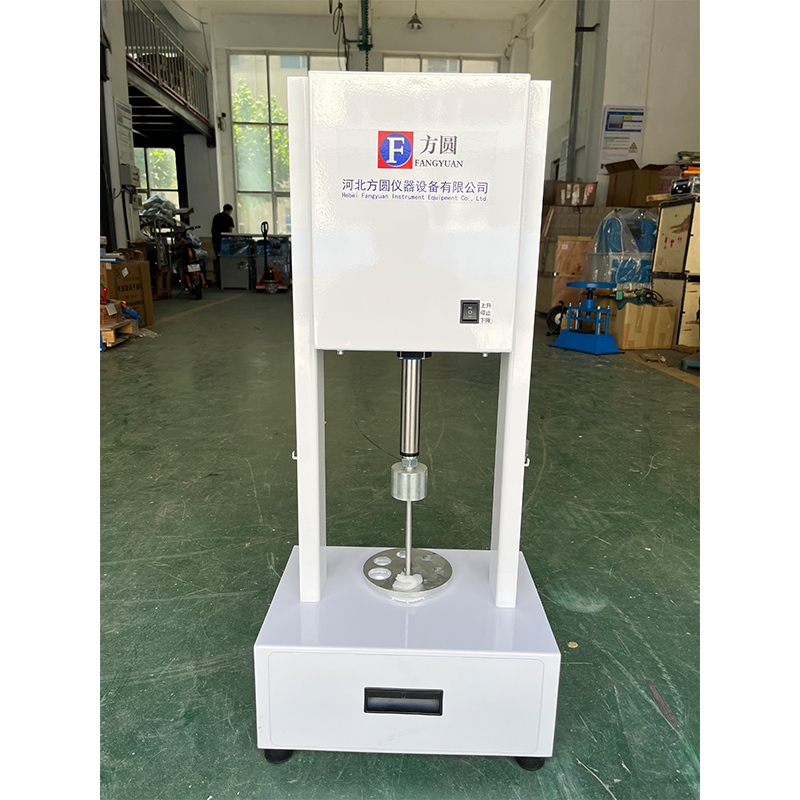Cable Smoke Density Testing Chamber Manufacturing Standards and Procedures
Understanding the Cable Smoke Density Test Chamber Importance and Application
In the world of electrical and electronics manufacturing, safety is paramount. One critical area of concern is the fire safety of cables used in various applications. As such, the cable smoke density test chamber serves as an essential tool for assessing the combustibility of materials, particularly in the case of electrical cables. This article explores the significance, design, and operational principles of these test chambers while highlighting their role in enhancing safety standards.
The Significance of Smoke Density Testing
When cables are exposed to fire, they can emit smoke that poses serious hazards, such as reduced visibility and respiratory difficulties for occupants in the area. The smoke produced during combustion can also contain toxic components, which can significantly exacerbate the dangers of a fire. Therefore, assessing the smoke density of cable materials is crucial in determining their safety and performance during a fire scenario.
The primary aim of smoke density testing is to quantify the amount of smoke generated when cables burn, enabling manufacturers and regulatory bodies to classify materials according to safety standards. Various international standards, such as ASTM E662 and IEC 61034, provide guidelines for conducting these tests. Compliance with these standards ensures that cables can be certified as safe for use in buildings, vehicles, and other critical infrastructure.
Design and Functionality of the Test Chamber
A cable smoke density test chamber is specifically designed to create controlled conditions under which the smoke produced from burning cable samples can be accurately measured
. These chambers are typically constructed from non-combustible materials to prevent any interference with the test results.cable smoke density test chamber factory

The test chamber contains a furnace where the cable samples are placed. Upon ignition, the combustion process produces smoke that is drawn into a designated measurement area. Advanced optical sensors are utilized to assess the concentration of smoke particles in the air, providing real-time data on smoke density. This measurement is crucial for calculating the Specific Optical Density (D) of smoke, which is used to determine its impact on visibility.
Benefits to Manufacturers and Consumers
The implementation of a cable smoke density test chamber has numerous benefits. For manufacturers, it ensures that their products meet safety requirements, thus minimizing the risk of liabilities associated with fire incidents. By proactively testing cable materials, manufacturers can develop products that are not only compliant with regulations but also more appealing to safety-conscious consumers.
For consumers, knowing that the cables they use have undergone rigorous smoke density testing provides peace of mind regarding the safety of their electrical installations. Whether in residential, commercial, or industrial settings, confidence in cable performance can save lives and reduce property damage during unexpected fire events.
Conclusion
In summary, the cable smoke density test chamber plays a pivotal role in the safety and reliability of electrical cables. By accurately measuring the smoke density produced during combustion, these chambers help ensure compliance with international safety standards. As both manufacturers and consumers become increasingly aware of the importance of fire safety, the relevance of smoke density testing in product development will continue to grow. Investing in advanced testing technologies not only enhances the quality of cable materials but ultimately contributes to creating safer environments for everyone.
-
Why the Conductor Resistance Constant Temperature Measurement Machine Redefines Precision
NewsJun.20,2025
-
Reliable Testing Starts Here: Why the High Insulation Resistance Measuring Instrument Is a Must-Have
NewsJun.20,2025
-
Flexible Cable Flexing Test Equipment: The Precision Standard for Cable Durability and Performance Testing
NewsJun.20,2025
-
Digital Measurement Projector: Precision Visualization for Modern Manufacturing
NewsJun.20,2025
-
Computer Control Electronic Tensile Tester: Precision and Power for the Modern Metal Industry
NewsJun.20,2025
-
Cable Spark Tester: Your Ultimate Insulation Assurance for Wire and Cable Testing
NewsJun.20,2025
 Copyright © 2025 Hebei Fangyuan Instrument & Equipment Co.,Ltd. All Rights Reserved. Sitemap | Privacy Policy
Copyright © 2025 Hebei Fangyuan Instrument & Equipment Co.,Ltd. All Rights Reserved. Sitemap | Privacy Policy
